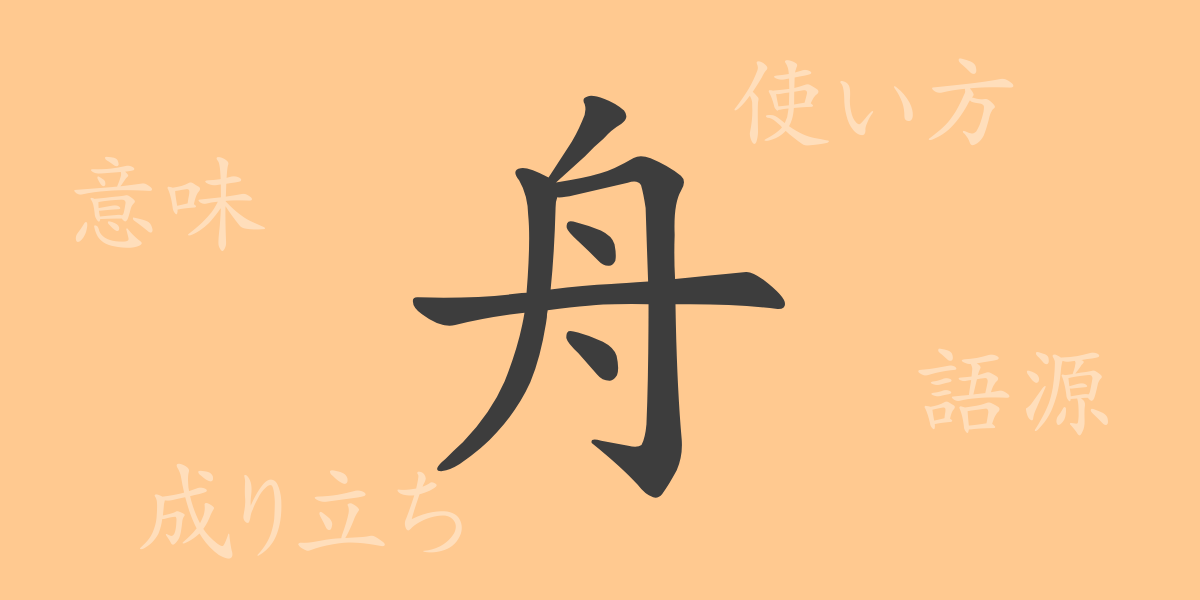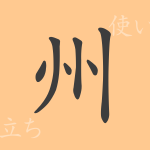The kanji “舟(ふね),” representing boats crossing the seas and small vessels traveling down rivers, has been deeply rooted in the lives and culture of people throughout history. This single character conveys rich stories that go beyond mere transportation, reflecting the lives and spiritual world of the people. In this article, we focus on the commonly used kanji “舟(ふね),” exploring its origin, meaning, usage, and idioms and proverbs associated with it.
Origin of 舟(ふね) (Etymology)
The character “舟(ふね)” has been used as a pictogram representing tools for water travel since ancient times. Its shape mimics the actual form of a boat, depicting the floating body on the water and the supporting bottom. The original form can be seen in ancient Chinese oracle bone script, evolving over thousands of years to its current form.
Meaning and Usage of 舟(ふね)
“舟(ふね)” generally means “boat” and refers to vehicles used for water transportation. In modern Japanese, “舟(ふね)” often refers to small boats and is used affectionately. Figuratively, it can also describe the journey of life or the transient nature of human existence.
Readings, Stroke Count, and Radical of 舟(ふね)
The kanji “舟(ふね)” is fundamental in Japanese, with the following key attributes:
- Readings: The on’yomi (音読み) is “シュウ,” and the kun’yomi (訓読み) is “ふね” or “ふな-.”
- Stroke count: 6 strokes
- Radical: The radical is 舟部 (ふねへん), associated with water-related kanji.
Idioms, Phrases, and Proverbs Using 舟(ふね)
There are numerous idioms, phrases, and proverbs in Japanese that include the kanji “舟(ふね),” each with its unique meaning. For example, “舟を漕ぐ” literally means to row a boat but is also used metaphorically to describe continuing with a task. “同じ舟に乗る” means to be in the same situation, suggesting cooperation. “舟に刻むよう” describes a futile action, akin to writing on water.
Conclusion on 舟(ふね)
The kanji “舟(ふね)” goes beyond being a mere means of transportation, deeply connected to Japanese life and emotions, and is preserved in language. Its form and meaning have been carefully handed down through the ages, reflecting cultural and historical changes. Through this article, we hope you have gained an appreciation for the rich history and cultural significance embedded in a single kanji character.

























